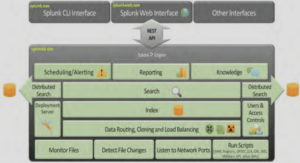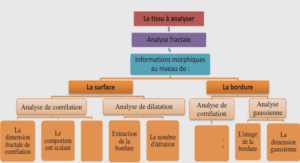VARIABILITE DES REPONSES ECOTOXICOLOGIQUES
Article en préparation “Differential uptake of trace element in two Lactuca sativa varieties”. Authors : Anne Priac, Nadia Morin-Crini, Badr Alaoui-Sossé, Grégorio Crini. Abstract : The lettuce Lactuca sativa L. is one among the most recommended higher plants for ecotoxicological bioassays. Previous studies have shown that some parameters do not have impacts on ecotoxicological results (e.g. growth substrate, seed Petri dish density…). However, it also had been shown that lettuce variety has impacts ecotoxicological results (e.g. germination rate, elongation…). Pursuing these works, we watered two different lettuce seed varieties (Appia and Batavia dorée de printemps) with raw and diluted (25, 50 and 75%) surface treatment polycontaminated discharged water, which are really complex mixtures and anthropogenic source of organic molecules, mineral elements, salts, and metal ions. Effluents, seeds and plantlets were analyzed by ICP-AES spectrometry. Metallic pollution is known to be an important stress, affecting plant growth, photosynthesis, phytoaccumulation efficiency etc, and represents energy expenses for the plant. This comparative study combined ecotoxicological, chemical and physiological assessments: (i) germination rate results confirmed intraspecific sensitivity differences, Appia being more sensitive to discharge water pollutants than Batavia; (ii) seed chemical analysis showed significative Na, Ni and Cd inner composition differences between the two varieties; (iii) plantlets analyses seemed to define two different metal uptake patterns. Considering ecotoxicological bioassays, and their importance in environmental assessments, variety’s choice should be more considered as crucial parameter and at least mentioned in published studies. Remarque : Dans le texte Priac et al., submitted se réfère à l’article présenté dans le chapitre 1 de la Section II (p 84).
Industrial discharge waters
Discharge waters were collected at the outlet of effluent decontamination stations (physicochemical treatment preceding environmental release) of 2 different companies (denoted Co1 and Co2) in the Franche-Comté region. Each of the 2 DW came from a sample characteristic of a day’s work in the plant. Each sample was tested following the same DW concentration range: 25, 50, 75 and 100%. All dilutions were prepared in reverse osmosis water (ROW; pH 6). The pH was measured using a portable pH meter (model 3110 WTW, Alès, France).
Lettuce Seeds
Two lettuce (Lactuca sativa (L.)) varieties were germinated: Appia (A) and Batavia dorée de printemps (B). As improper storage could lead to seeds quality and test results alteration (Beauregard & Ridal, 2000), seeds were all kept under laboratory conditions, in the dark and shielded from large modifications of temperature and moisture.
Control and toxicity test
Germination bioassay (germination test ISO 17126, 2005) were realized following the method described in detail by Priac et al. (submitted). For this study, 20 plump undamaged seeds were laid on the filter paper in each dish (100*15mm disposable plastic Petri dishes) and watered with ROW (control dishes), DW sample (concentration range: 0, 25, 50, 75 and 100%). Each condition was carried out by 3 triplicates, to provide enough vegetal matter for the ICP analysis. All dishes were kept in the dark, at 24 ±1°C, for 7 days of exposure. As recommended by the standard, DW pH must be between 5.5 and 9. To validate the test, germination rates (GR) of controls must be higher than or equal to 90%. After 7 days, germinated seeds were counted to calculate GR, using the following equation: = × 100 where GSS is the number of Germinated Seeds in the Sample and TSN the total seeds number.






